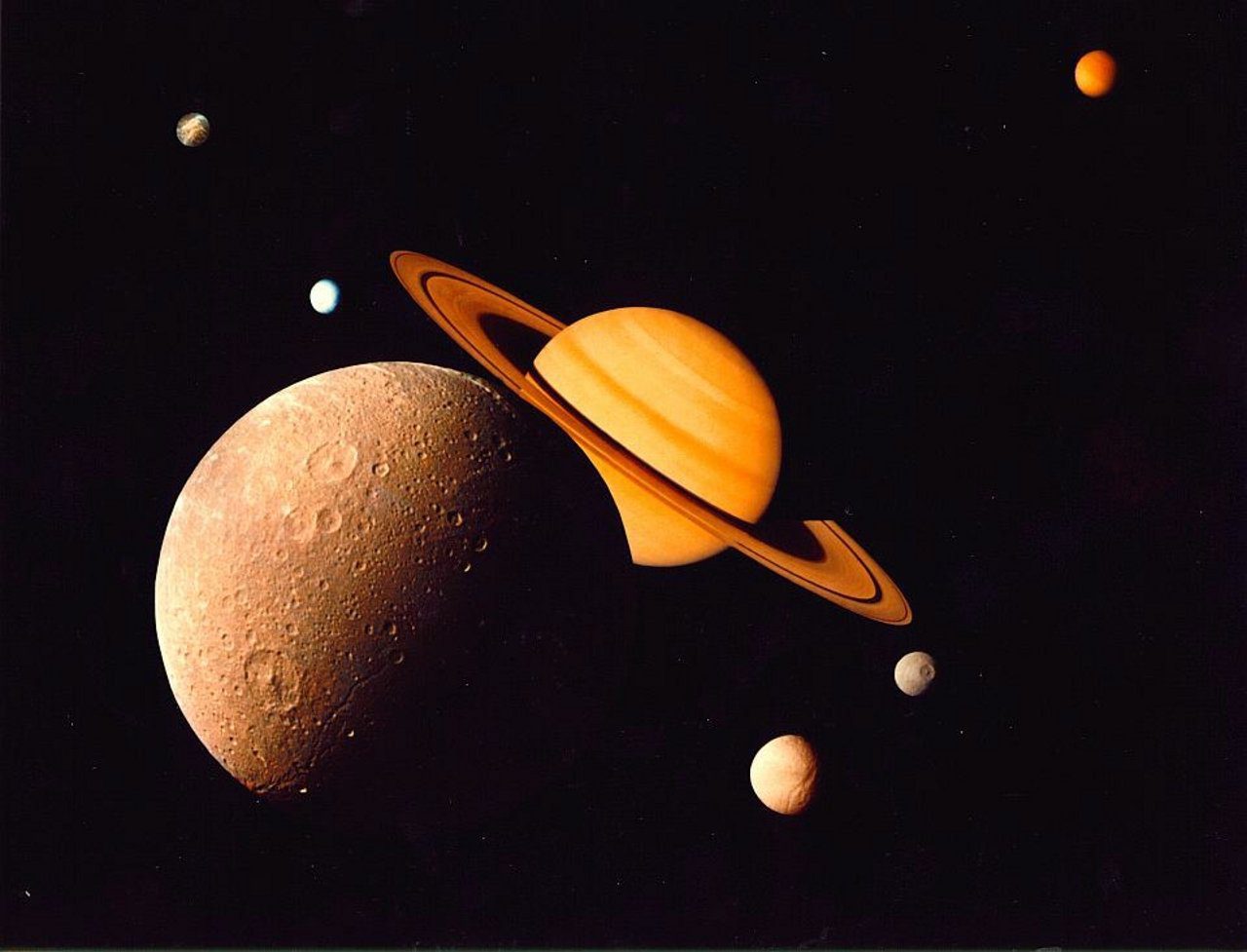When you think about the possibility for life to exist elsewhere in the Solar System, the first thing that pops into the mind is likely a spacecraft searching across planets such as Mars, Uranus, or Neptune. While there are only 8 planets in the Solar System, the number of moons is a lot higher. Only Saturn has 82 discovered moons. So why not search on those smaller cosmic objects for traces of life?
Enceladus, one of the numerous moons revolving around Saturn, is also the place where scientists hope to find some forms of life. Last year in July, we shared the news about astronomers being amazed at methane being ejected from Enceladus. But now, the main news is much more important.
An ocean of liquid water
IFLScience reveals that there’s an ocean of liquid water existing on Saturn’s moon Enceladus, which automatically means that there’s a lot of hydrogen and oxygen there. Those two elements are crucial for the existence of life, and so is water in its liquid form. Life as we know it on Earth also requires carbon, nitrogen, and phosphorus. We know that nitrogen and carbon exist on Enceladus as well, thanks to the ammonia and methane ices from the plumes of the moon. According to recent research, phosphorus is also present on Enceladus, which means that all of the essential elements of life are present there.
Dr. Christopher Glein from the Southwest Research Institute explained in a statement:
In the years since NASA’s Cassini spacecraft visited the Saturn system we have been repeatedly blown away by the discoveries made possible by the collected data.
Even if scientists don’t find anything resembling complex life forms that are intelligent enough to build spaceships, microbial life existing on Enceladus would still be a major discovery.
The new research appears in the Proceedings of the National Academy of Sciences.












Leave a Reply